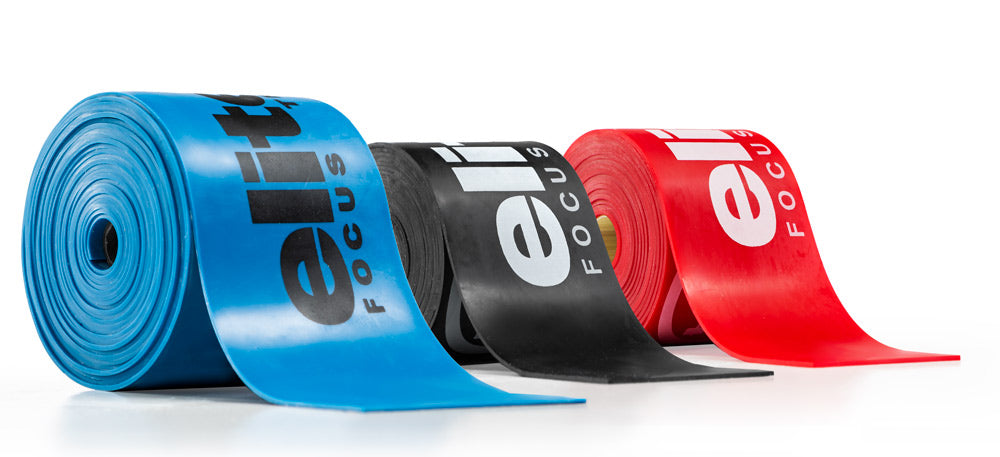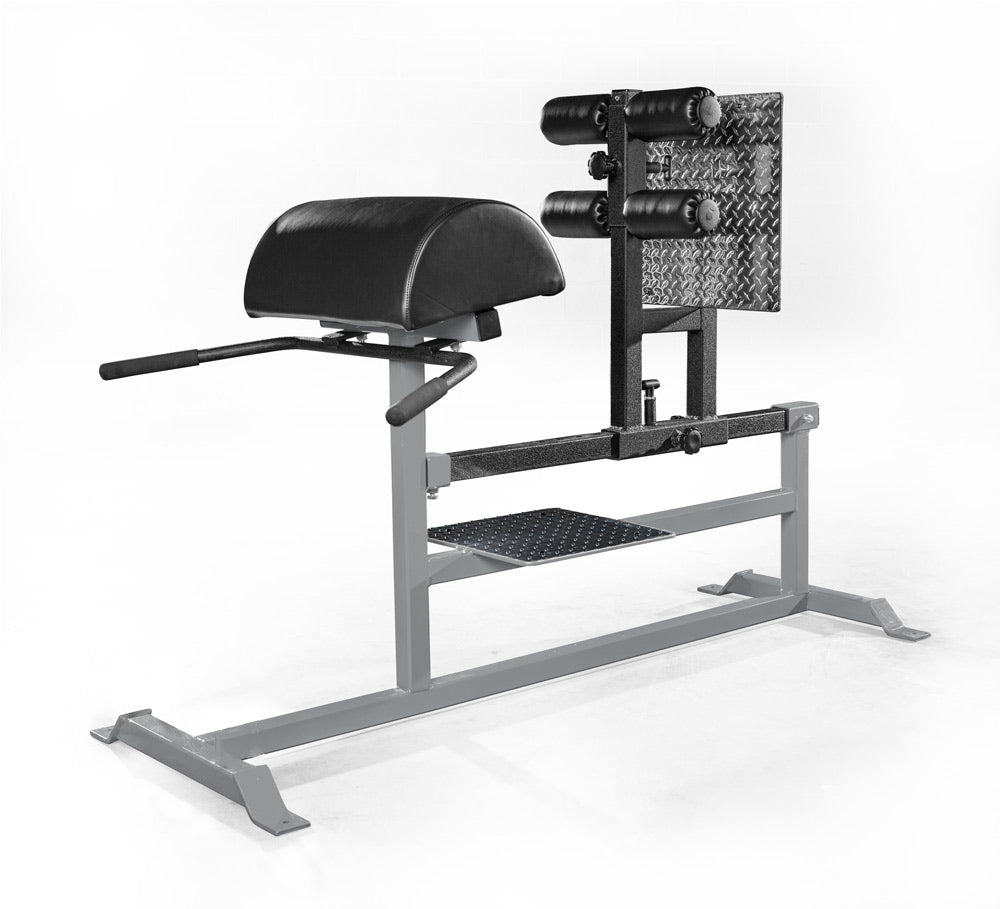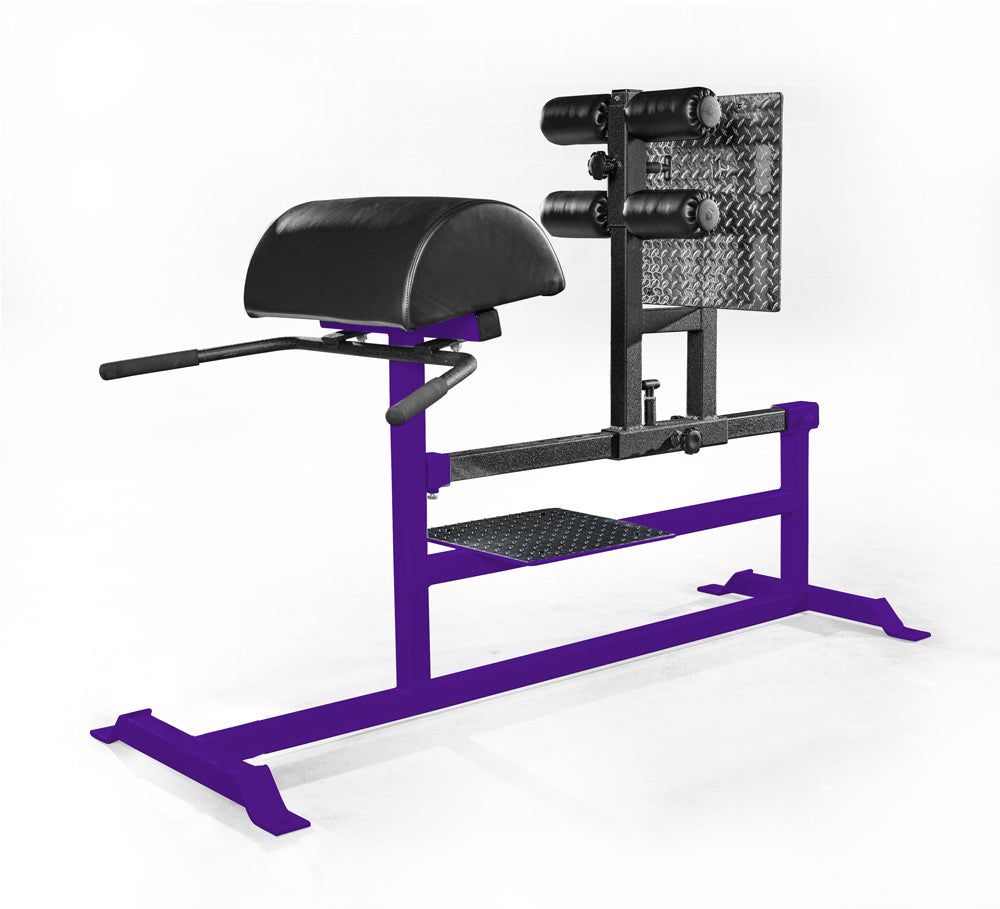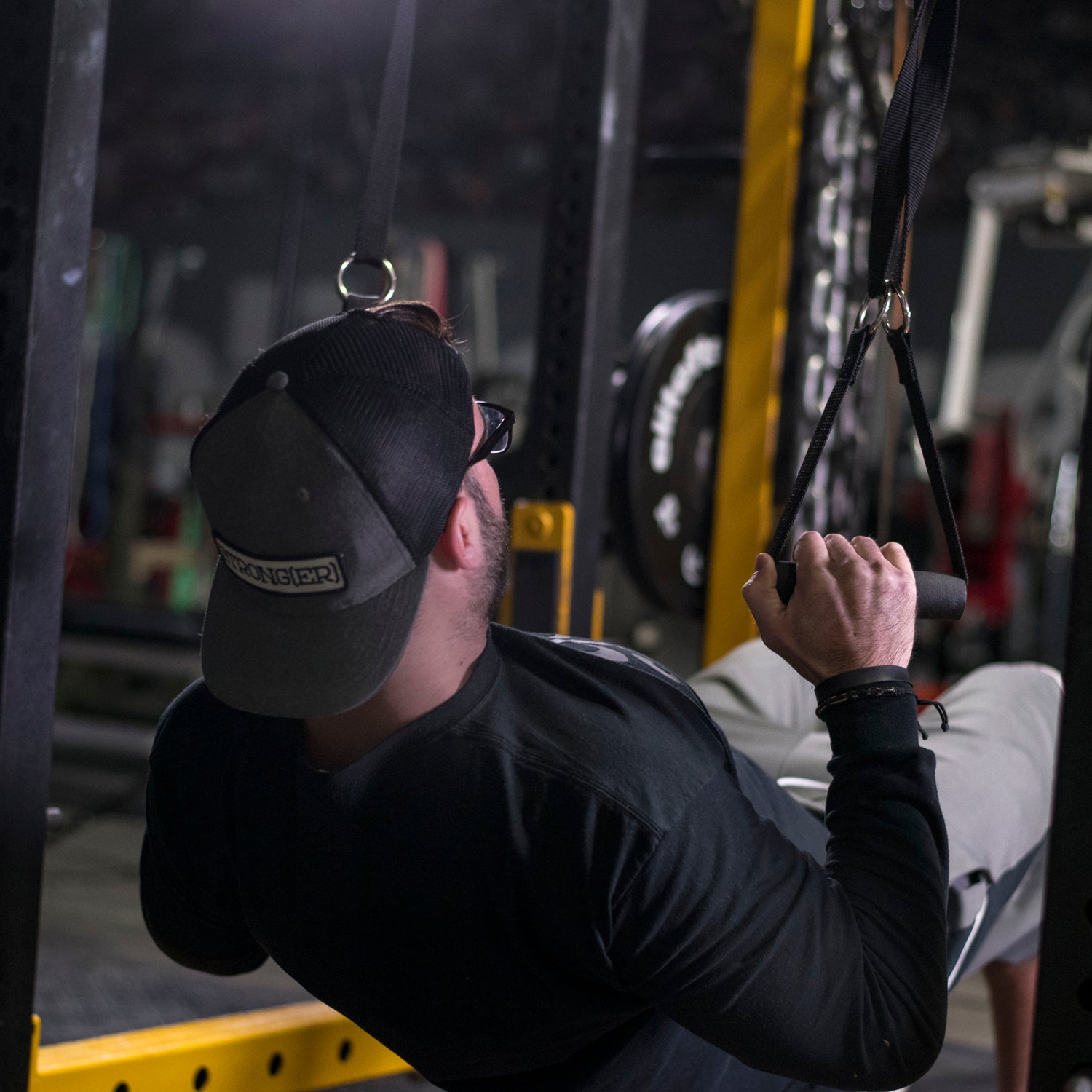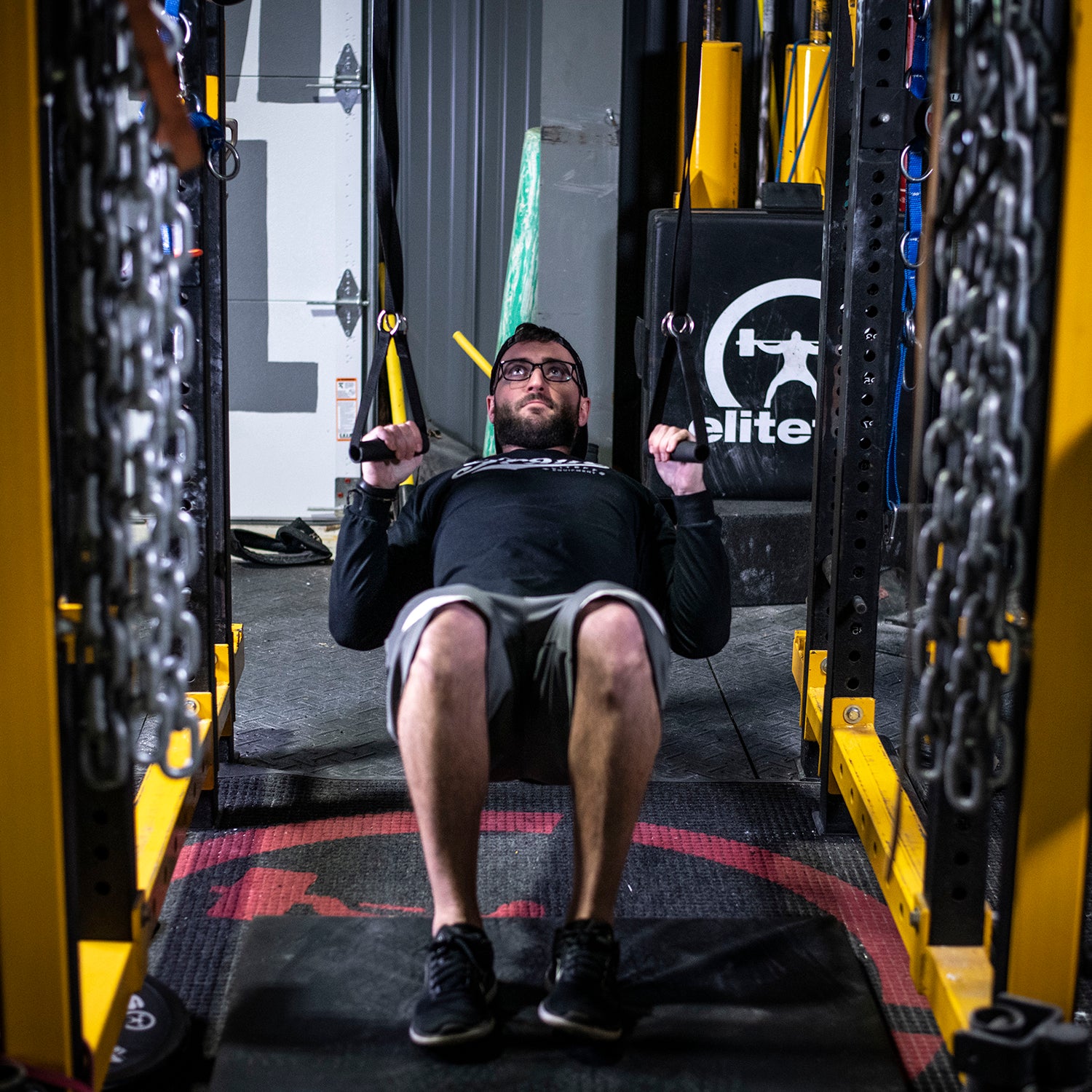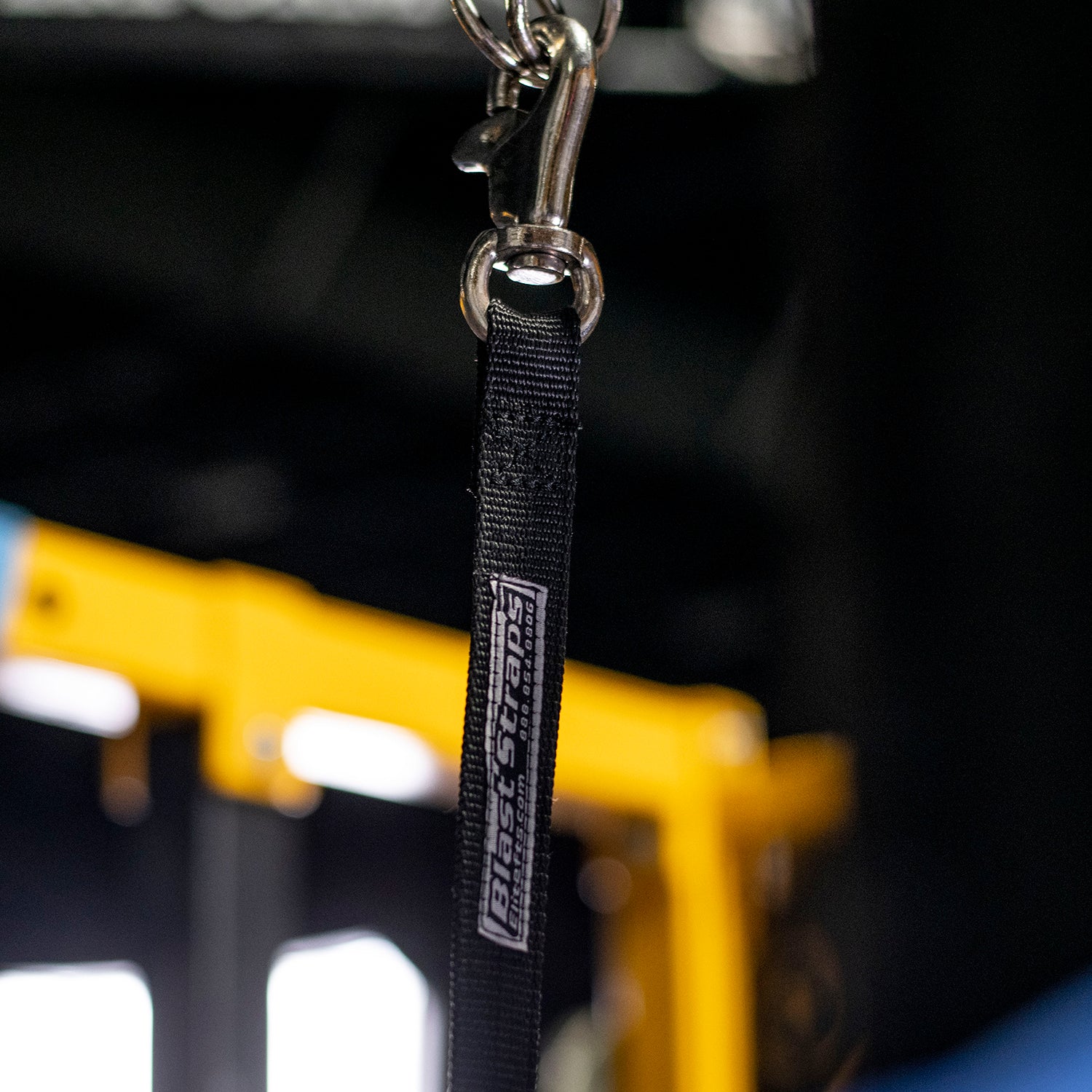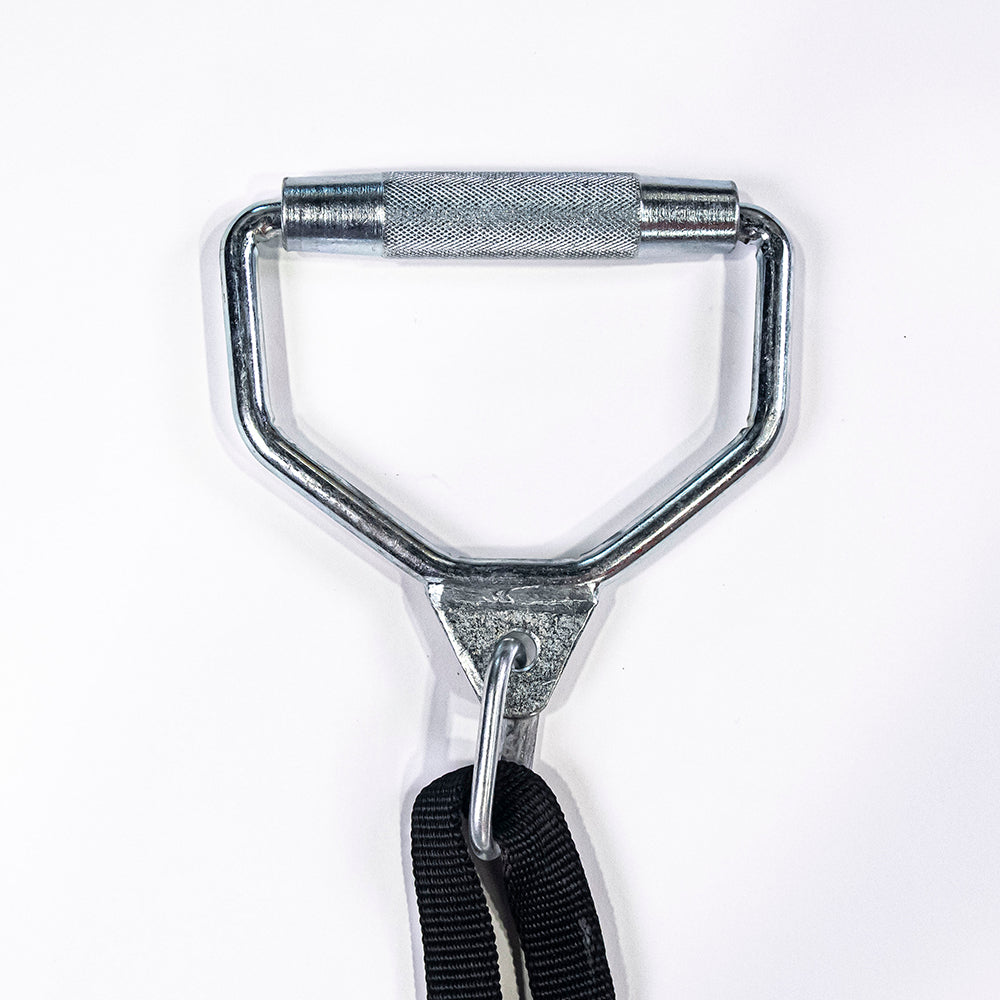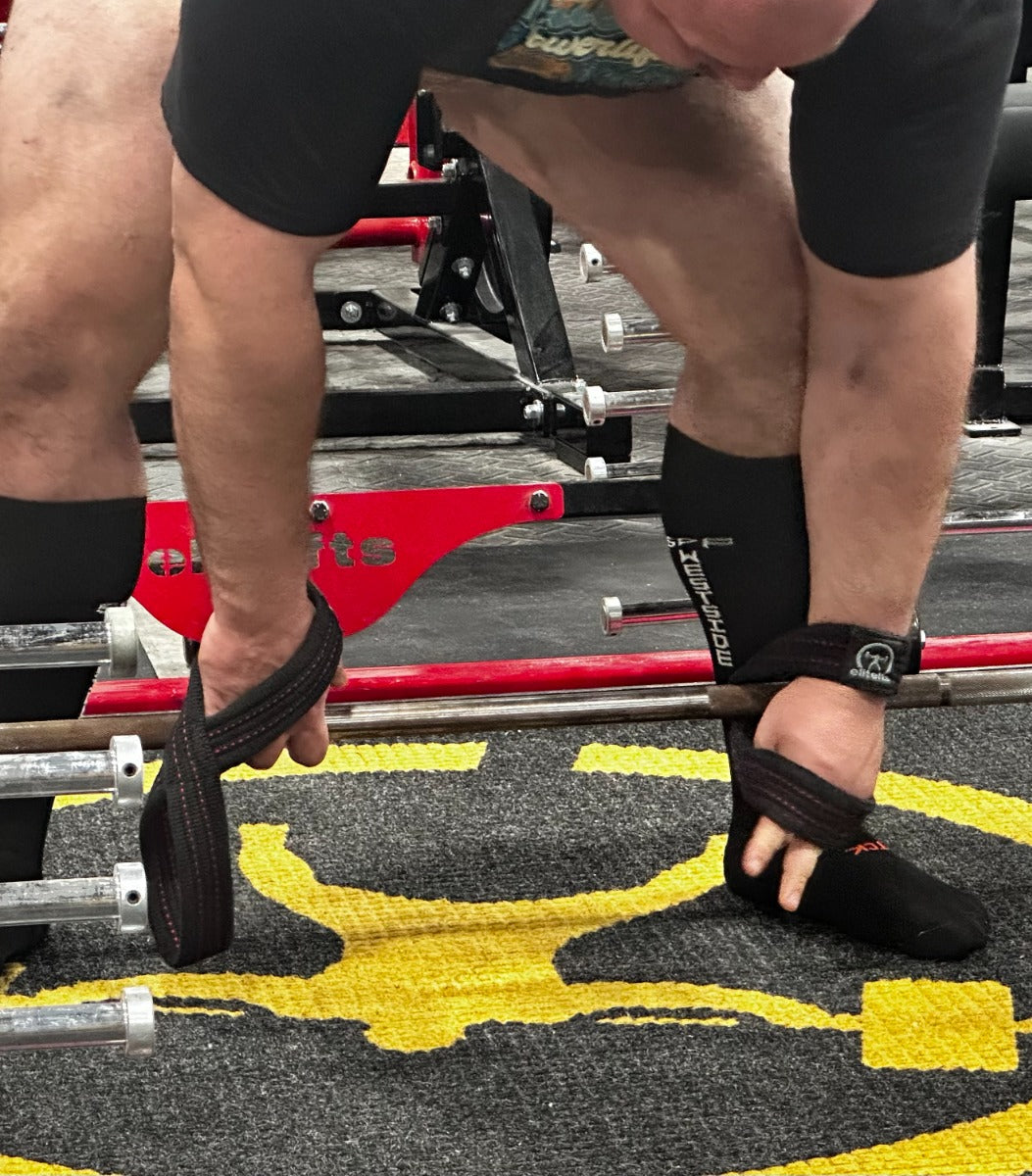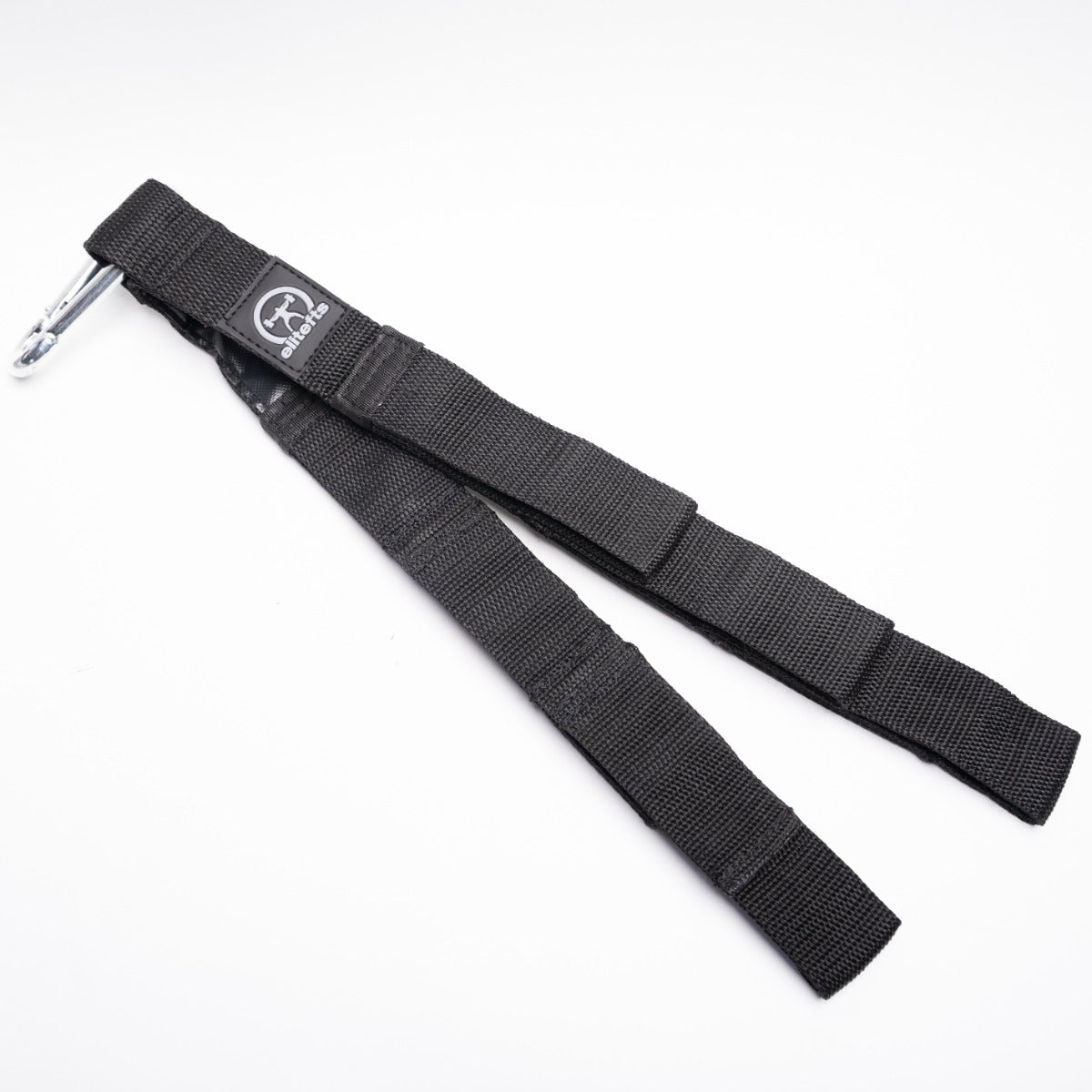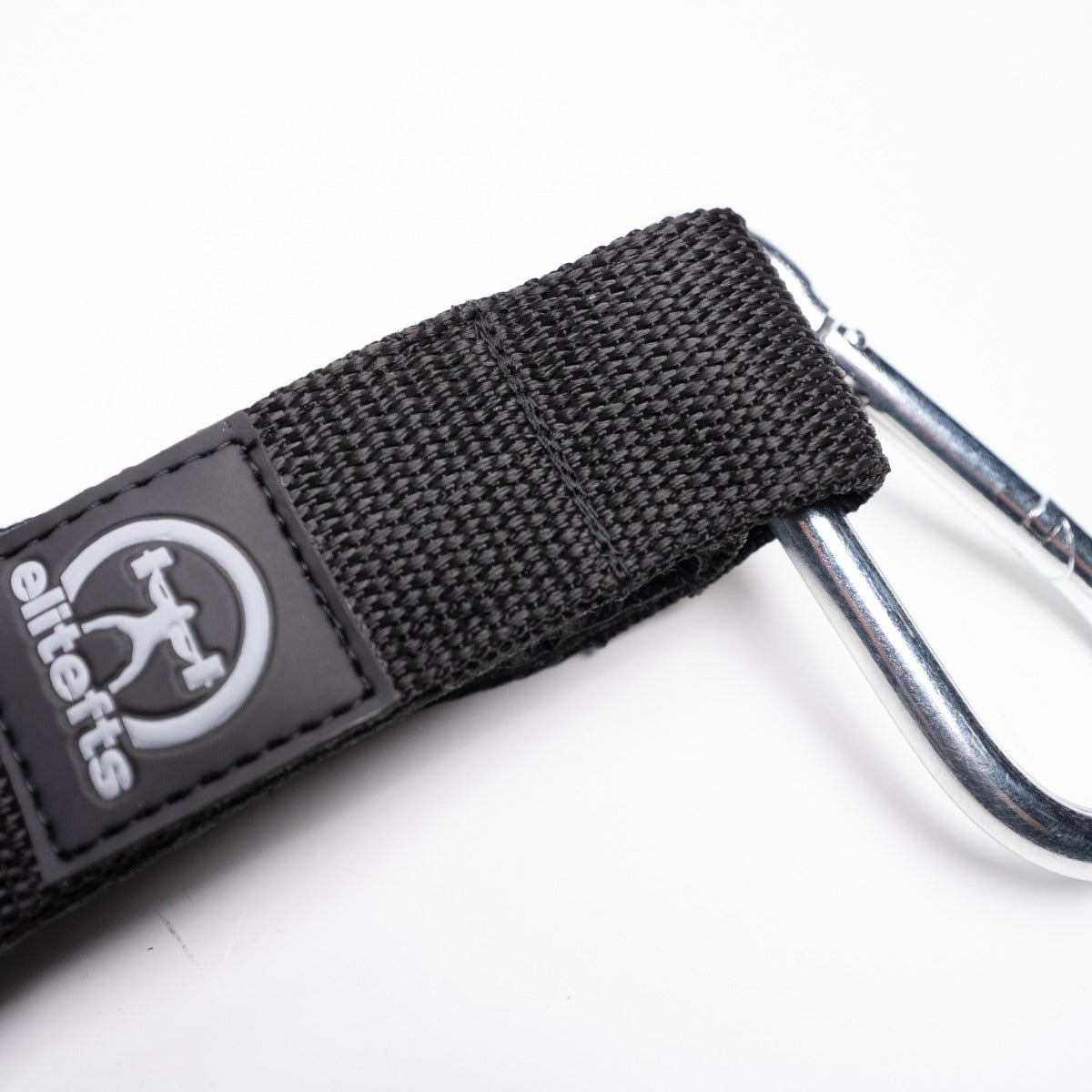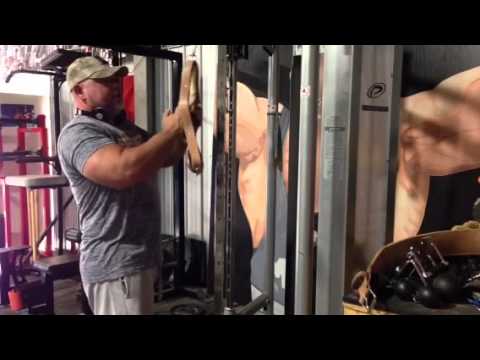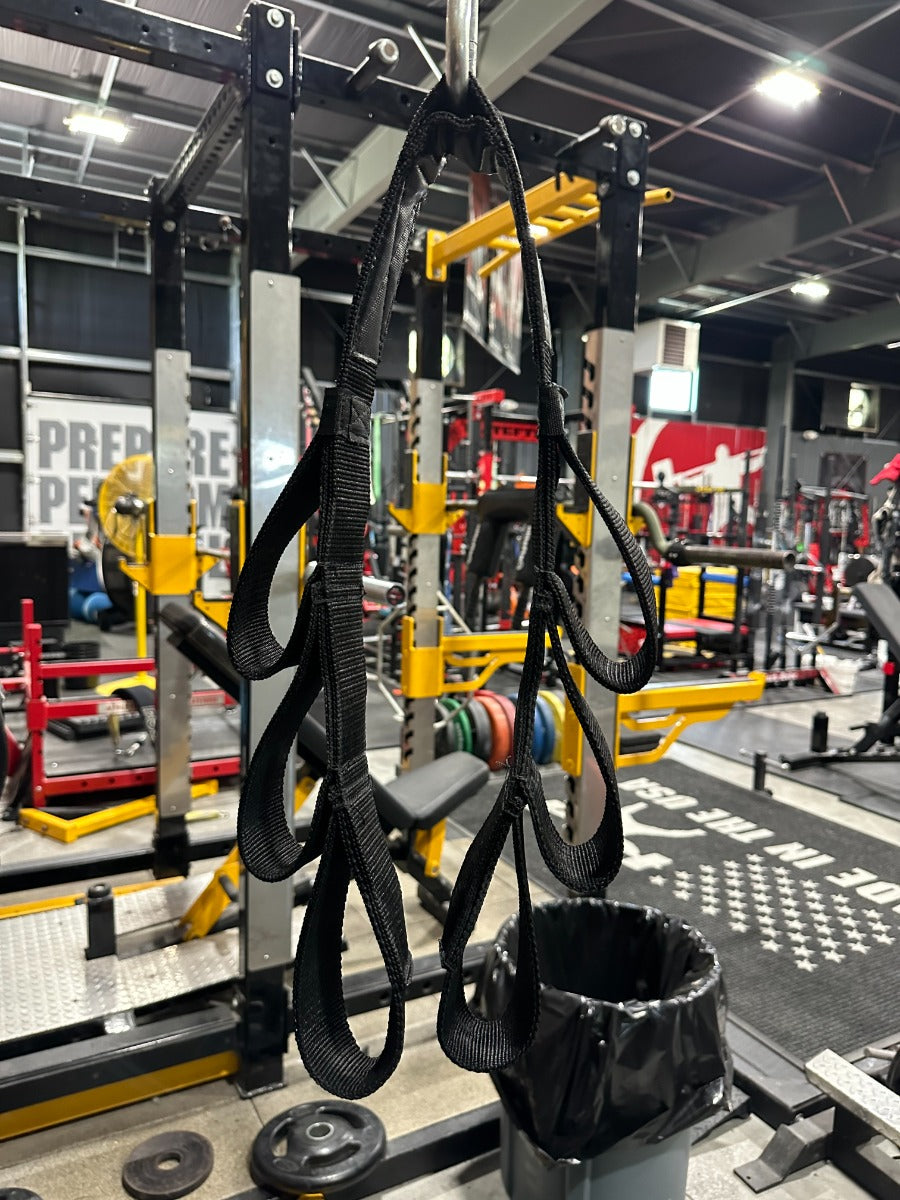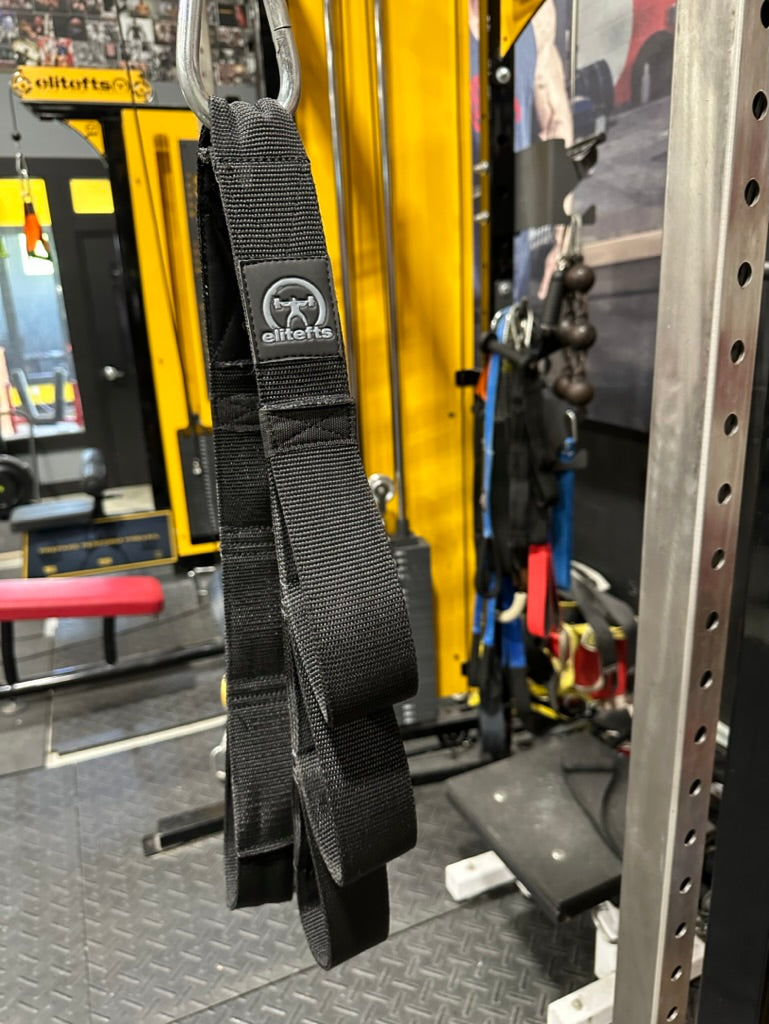part one, Wendler talked about the level of preparedness of youth athletes today and what it means for optimal programming. In
part two, Wendler discussed how he took over a failing high school football team. In
part three, he shared the details of his training plan and the structure of each workout. In this final segment of his presentation, Wendler discusses exercise selection, indicators of athlete readiness, and the importance of knowing the "trapdoors" of your training program. He also shares a sample workout in his program to show how it all comes together. Wendler begins by talking about the long-term nature of his approach. To explain the importance of progressing your training approach slowly, he compares it to cramming for a test: when you rush to try to learn everything the night before an exam, nothing sticks. You don't remember anything. The better approach is to spend 15 minutes studying each day, and then you'll be ready when it's time for the exam. The same principle is true in training. If you put in the work over time, you will see far greater progress than if you try to move from Point A to Point B in the shortest time possible.
There are many ways to implement this mindset, and it has many positive effects. For instance, Wendler has the kids running early and often; they don't have a huge running background, but by doing what they're capable of from the very beginning, their fitness improves dramatically and they're ready for the season. On average, they run about 1600 meters total in a training day. The last three months before the season the running volume slowly increases. With this slow progression, the athletes reach the point that they can run for 45 minutes straight and they're completely fine, without ever having to kill themselves in training. If you wait too long to include the running, once you do add it, their strength training will sharply decline. Wendler then shares his beliefs about exercise selection. Including main lifts and assistance exercises, there are only seven movements his team performs. There are several reasons for this:
- The kids suck at all the movements. If you change things up too frequently, they never get good at anything.
- After two weeks or so in the program, the kids never get sore again. This makes running and practice sessions much easier.
- The in-season training can be hard and heavy. Because the movements are limited and variation is low, the kids adapt and are able to keep working hard during the season without hurting their performance on the field. The only main difference in-season is no longer squatting. Instead, trap bar deadlifts are used more and have proven very effective.
-
Bench Press - Squat
-
Trap Bar Deadlift -
Dumbbell Squat - Dumbbell Straight Leg Deadlift
- Dumbbell Incline Bench
- Dumbbell Incline Row
Whole Series
- Preparedness of Youth Athletes
- Taking Over A Failing High School Football Team
- The High School Football Training Plan























